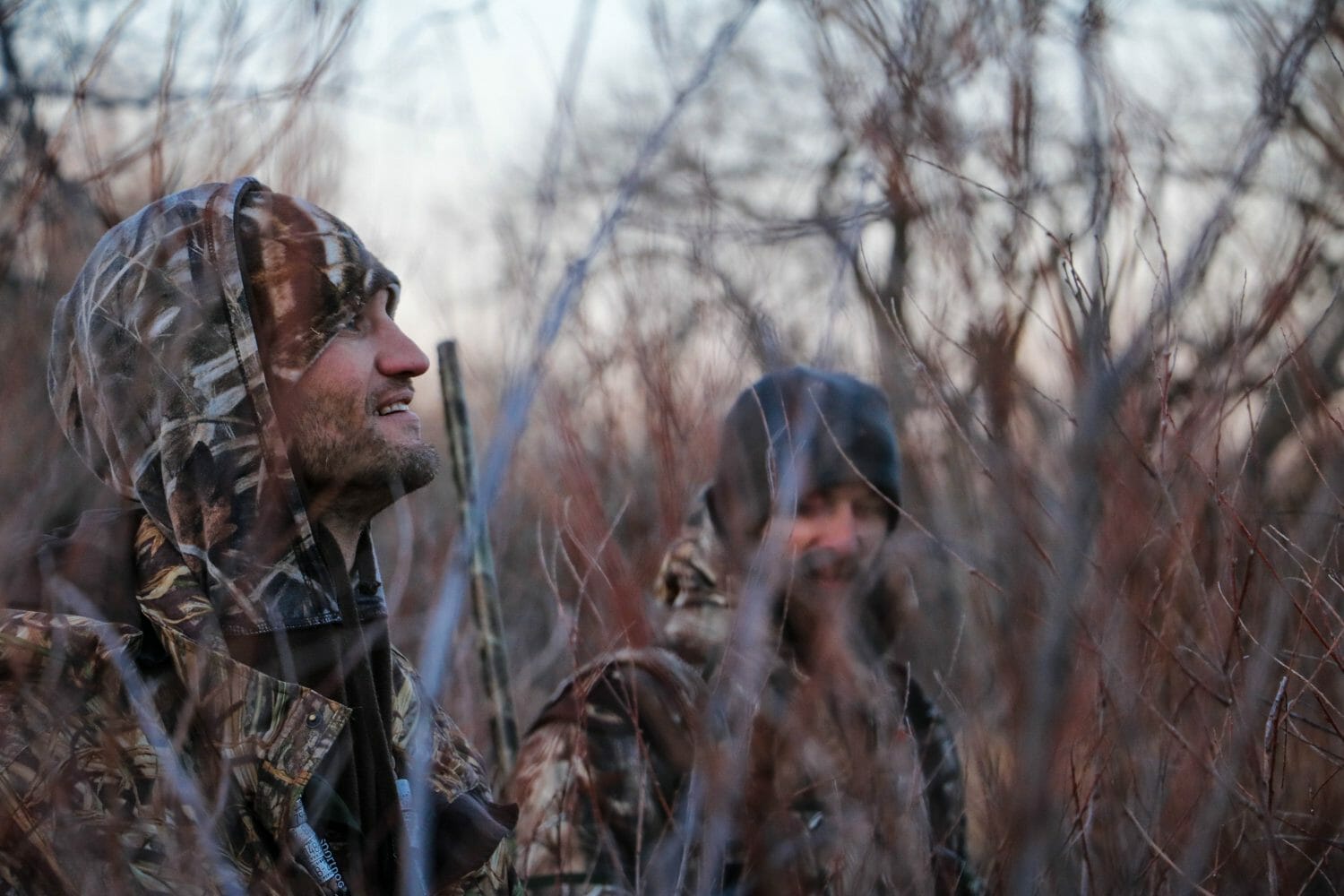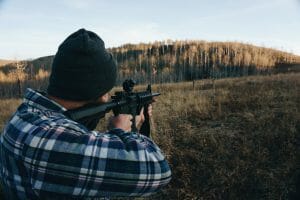
Over the past few weeks, hunting season has opened across North America. While safety should be the first thing on any sportsman’s or sportswoman’s mind, unfortunately, safety is often ignored during hunting season. Now, a growing number of organizations are going online to ensure that hunters can gain access to the safety training they require to stay safe and avoid injuring anyone else during hunting season.
Hunting Injuries and Fatalities are Not Caused by Firearms Alone
The International Hunter Education Association reports that approximately 1,000 people in the United States and Canada are accidentally shot by hunters every year and about 100 of those incidents are fatalities. While most of the victims are hunters, non-hunters are also sometimes killed or injured. Moreover, although firearms are responsible for some injuries and deaths, so are treestands. When tree stands collapse, the impact of falling can be great enough to break bones and spinal cords. In fact, over the past 20 years, most wildlife agencies have realized treestand accidents are even more common and fatal than accidental shootings. In 2008, Wisconsin reported that about two-thirds of all hunting-related injuries that had to be treated at a Level-I trauma center were caused by treestand falls.
How eLearning Supports Hunting Safety
 There are three key ways in which the move to offer hunting safety courses online has helped to increase hunting safety and reduce injuries and fatalities. First, moving hunting safety courses online means that the courses can be constantly updated to reflect current best practices and integrate new rules and regulations regarding wildlife. In addition, since the courses are online, hunters can easily travel with an archive of their courses and consult vital information as required. Finally, many but not all hunters are people who live in rural and even isolated regions. In the past, taking a hunting course frequently required finding time to travel into town or travel to another town. eLearning meets hunters wherever they are to offer the most up-to-date courses. But there is also one other key reason.
There are three key ways in which the move to offer hunting safety courses online has helped to increase hunting safety and reduce injuries and fatalities. First, moving hunting safety courses online means that the courses can be constantly updated to reflect current best practices and integrate new rules and regulations regarding wildlife. In addition, since the courses are online, hunters can easily travel with an archive of their courses and consult vital information as required. Finally, many but not all hunters are people who live in rural and even isolated regions. In the past, taking a hunting course frequently required finding time to travel into town or travel to another town. eLearning meets hunters wherever they are to offer the most up-to-date courses. But there is also one other key reason.
While it may come as a surprise to people who don’t hunt, in most locations across the United States, you don’t need to be over 18 to go hunting. This means that many hunters are teenagers, and offering courses online in highly interactive forms, which include videos and interactive gams, is especially appealing to younger hunters who are also the demographic most at risk of ending up in a hunting accident or fatality.
Selected eLearning Options for Hunters
 HUNTERcourse.com offers hunting courses across the United States and Canada via their online platform. Their interactive courses include animations, professional narration, exercises, and even an online shooting range. They also offer a free hunter safety study guide and online tree-stand safety course.
HUNTERcourse.com offers hunting courses across the United States and Canada via their online platform. Their interactive courses include animations, professional narration, exercises, and even an online shooting range. They also offer a free hunter safety study guide and online tree-stand safety course.
A wide variety of online resources can also help you answer basic questions. This handy blog post, for example, goes over the difference between 5.56 and 223 ammunition.
Hunter Ed Course is another leading provider of online hunting safety and education courses. Based in Michigan but working with wildlife agencies nationwide, their courses are accredited, interactive, and designed to meet the needs of today’s busy learners.
Based north of the border but serving hunters in Canada and the United States, Fresh Air Educators not only offer hunting safety courses but safety courses on outdoor and wildlife education. Their courses offer an interactive way to learn about hunting safety and include great animations, videos and engaging exercises. As they say on their website, “Ever found a shooting range in a textbook? Didn’t think so!” Their eLearning courses on hunting safety, however, do offer just such a feature.
If you are looking to increase your gun safety (not simply your ability to use a hunting rifle but any firearm), visit the National Rifle Association. The NRA offers a range of gun safety and handling courses via its an eLearning platform.
Although most U.S. states and Canadian provinces also require hunters to pass a field component and/or attend an in-person class before they can certify, offering hunting education via the eLearning model has helped increase hunting education nationwide and promises to ensure greater safety and compliance moving forward.









No Comments